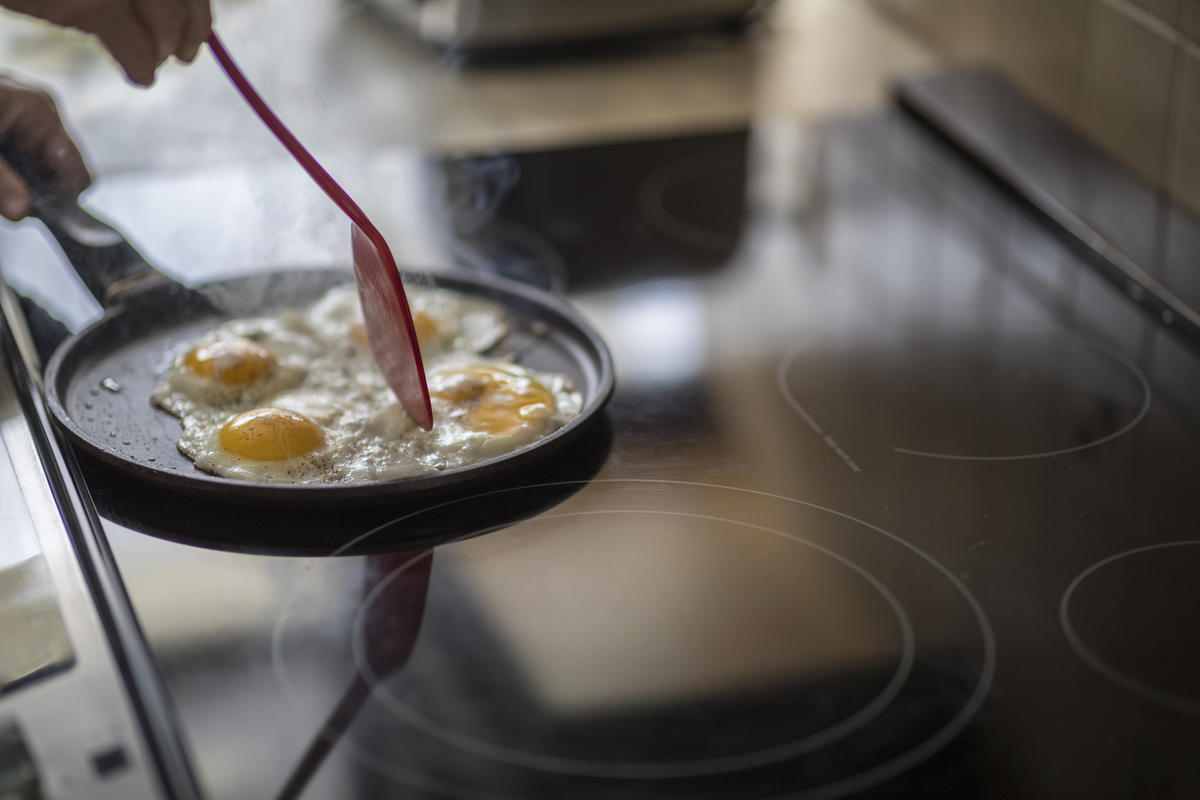Over the past few decades, cooking has taken on a new face in homes across the globe. More people are willing to stay in the kitchen and cook up restaurant-style meals for their loved ones. What’s more, the rise of social media has made it extremely easy as well.
This new crop of home cooks look up new online recipes every week. They also purchase sophisticated cookware in order to compete with professional chefs. This might explain why technology such as induction cooking is all the rage nowadays.
Without a doubt, induction cooktops and stoves are becoming increasingly popular in middle-income households. Apart from its numerous safety features, induction-based cooking appliances are known to be more energy efficient. It is perceived as an eco-friendly option by a majority of home cooks.
In comparison, gas cooktops can be very hard to clean and will most certainly clog up from time to time. This is why most food lovers and culinary enthusiasts will recommend an induction cooktop for a seamless, futuristic cooking style.
Despite its long list of advantages, an induction cooktop is not without its flaws. For starters, induction cooktops can be quite pricey as even a cheap model may lighten your wallet by $2,800. In addition, induction cooktops have to be properly cleaned as they can develop scratches pretty easily.
But the biggest turnoff for most consumers is that they would have to buy all new cooking vessels which are compatible with induction cooktops. However, thanks to recent advances in the field, there might be a way to work around that problem.
Normal Cookware vs Induction Cooktops
First, let us discuss why pans and pots of any random material cannot be used for induction cooking. As anyone familiar with the appliance knows, magnetized cookware is a prerequisite for induction cooktops thanks to its internal mechanics.
Induction cooking is made possible with the passing of electricity through a copper coil built into the device. The flowing AC current obeys Faraday’s Law and produces a varying magnetic field.
In turn, this magnetic field generates a new type of electricity known as eddy currents. The eddy currents swirl their way to the top of the ceramic or glass cover and penetrate the bottom of the cooking vessel. Ultimately, the vessel starts heating up from the inside.
But here’s the catch! Only cookware made from ferromagnetic materials can be penetrated through eddy currents. This is also the explanation behind why a paper placed on an induction cooktop doesn’t catch on fire!
However, the question remains – what qualifies as ferromagnetic material? Essentially, any pot or pan made from enameled steel, cast iron, or stainless steel is known to be compatible with induction cooktops. On the other hand, induction heat will have zero effect on cookware made from non-ferromagnetic materials such as glass, copper, aluminum, and ceramic.
Here are a few tricks to use non-induction cookware on induction cooktops
- Netted Steel
- Heat Diffuser
- Converter Disk
Netted Steel
A commonly-used trick to make all your pots and pans induction-ready is by placing an object called netted steel on the cooktop. Since netted steel is bound to be ferromagnetic in nature, the sheet will experience induction heat. The netted steel will simultaneously transfer the heat to the cooking vessel placed on it via convection.
Although it might not be entirely suitable for large-sized cookware, netted steel makes for an extremely inventive method to use a non-induction vessel for induction cooking. However, you must be warned that this particular option is only suitable for emergencies. Be equally careful of touching the steel mesh and preferably put on oven mitts before any contact.
Heat Diffuser
Anyone who spends a lot of time in the kitchen is aware that after some time, pans start losing their color. This is primarily due to the excessive heat that they are subjected to on a daily basis. In order to prevent such hotspots on a pan, inventors came up with a unique device known as the heat diffuser. Mainly used for heavy-bottom pans, this particular appliance evenly distributes the heat all throughout the pan’s rear end.
Yes, heat diffusers are mostly used for cookware placed on top of electrical-powered or gas-fueled stoves. But they especially come in handy for induction cooking. Since a heat diffuser is usually made from stainless steel (a ferromagnetic substance), it becomes hot when placed on an induction cooktop. Similar to the case of netted steel, a ceramic or glass vessel placed on the induction-heated diffuser will acquire some warmth by convection.
Converter Disk
Among all the workarounds for using non-induction cookware on induction cooktops, converter disks are regarded as the most concrete solution that exists. True to its name, a converter disk is a flat-shaped device which is able to convert any of your present cookware into induction-compliant vessels. The most appealing factor of a converter disk is its design which makes it easy to affix onto an induction cooktop. A good converter disk is bulky and heavy in order to prevent it from slipping off the cooktop.
Written by Rajiv. He is writing content about Ultimate Weebly SEO Guide. You’ll find me playing with my dog Gizmo in between copious cups of coffee and even the odd donut or three ?Written by Harry Patté-Dobbs, a content writer and PR newbie at Pearl Lemon Leads! He’s written for blogs, news, and media outlets and loves films, food, and wellness. You can usually find him either reading or writing.
